For my third and final blog post, I had originally planned to profile several individuals living in Philadelphia’s Chinatown at different points in its history. As I sifted through boxes of documents and folders of photos, however, I found this task nearly impossible.
Despite having gone through stacks of Christmas cards and business letters, newspaper clippings and various personal collections, I felt as if I barely understood these individuals better than those anonymous faces featured in black and white photographs published in period newspapers.
Rather than attempting to speak on behalf of the individuals contained in these collections, I have included some of their photos and items that struck a personal chord. It is my hope that these images will allow others to put faces and names to individuals from these historical eras and events, in an effort to make them come alive as much more than mere "history book facts."

An image of Henry Loo, a successful restaurateur in the Philadelphia area, as a young man. From the Henry Loo personal papers and business records (#MSS140).

The letter above is addressed to Henry Loo from his brother and details the situation surrounding their mother’s sickness. With Loo in the United States and his brother in Singapore, the duty of taking care of their mother fell to their sisters. From the Henry Loo personal papers and business records (#MSS140).
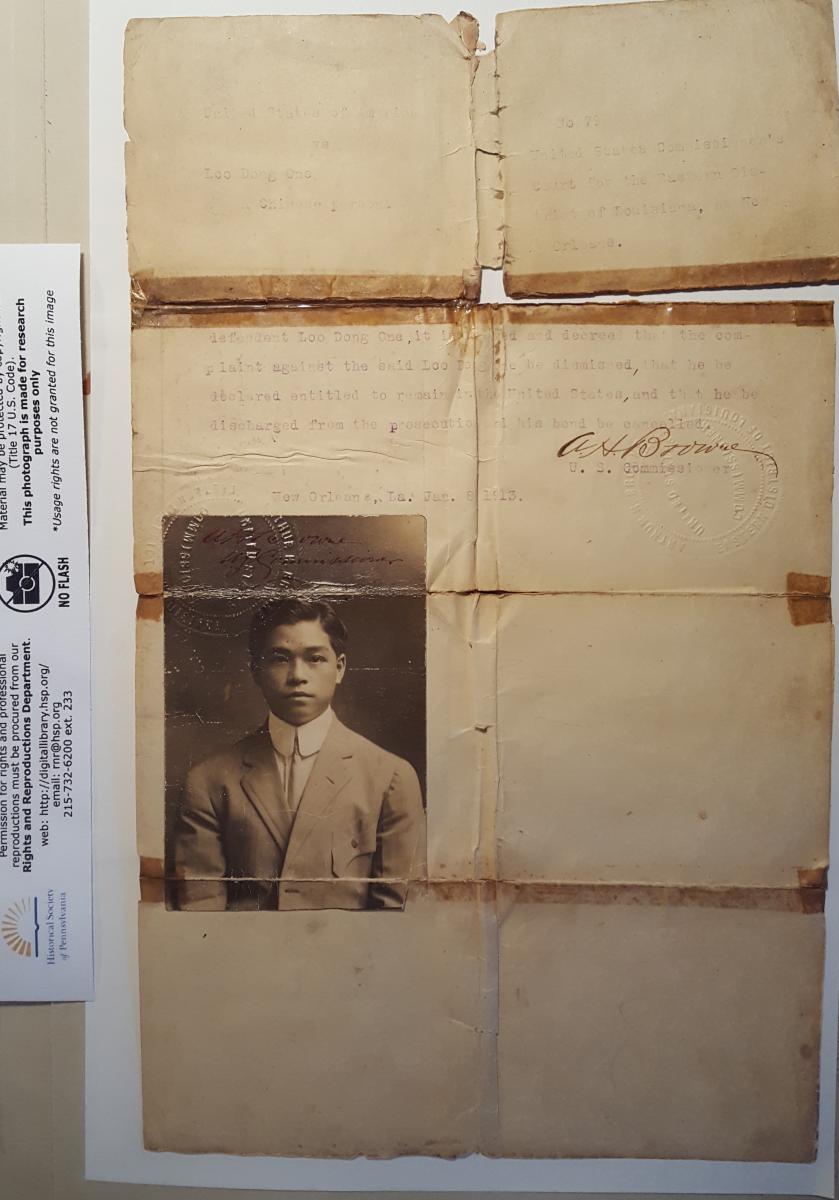
Amidst the rest of his papers, I found this document showing that Henry Loo had at one time been considered for deportation. The sentence was later overturned. From the Henry Loo personal papers and business records (#MSS140).

This Alien Registration Certificate does not belong to Henry Loo, but I have included it as something to compare to the modern day equivalents (say, for example, a green card). From the Henry Loo personal papers and business records (#MSS140).
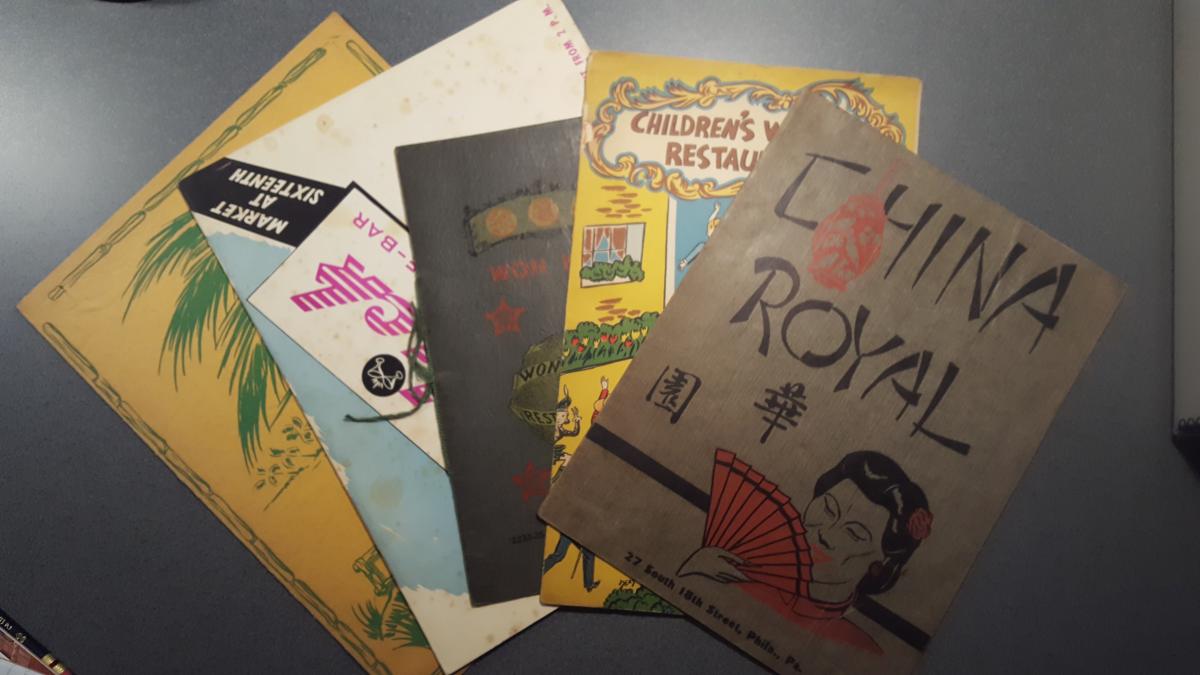
As I flipped through the folders containing the various items in Henry Loo's personal papers, I had to include his impressive menu collection. I've taken a photo of just a few of the more colorful menus here. From the Henry Loo personal papers and business records (#MSS140).
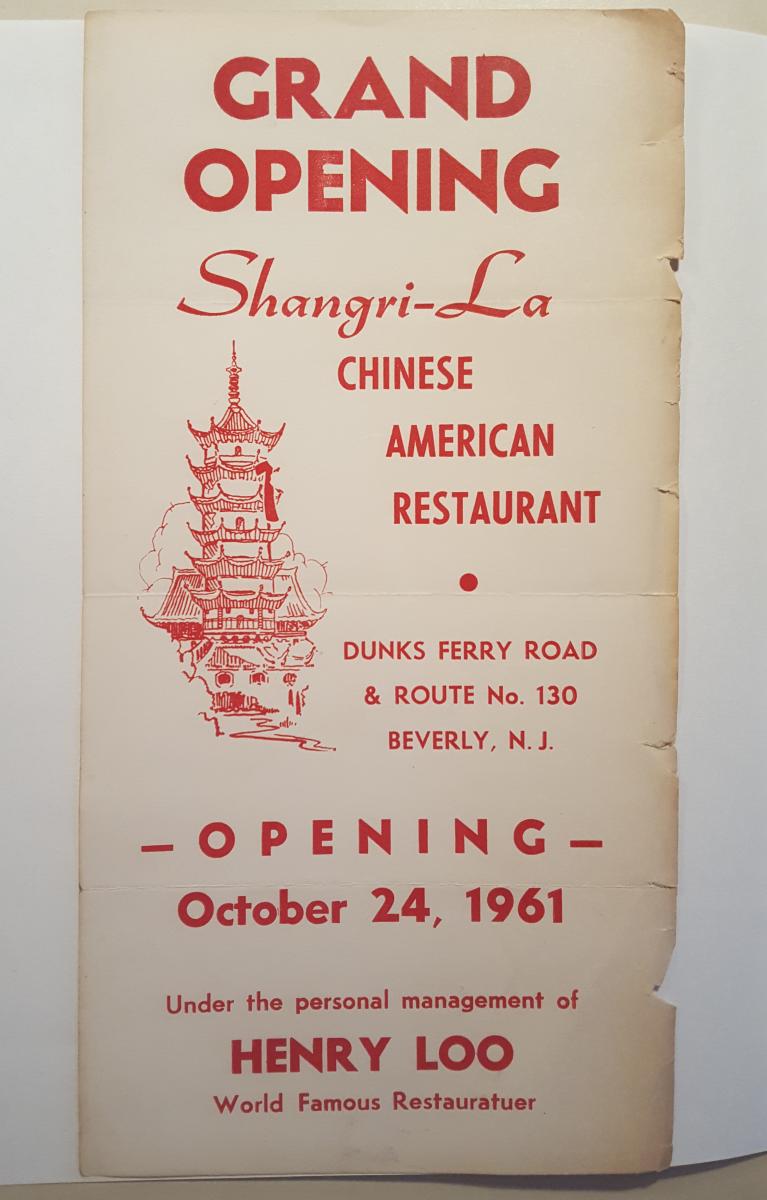
From the Henry Loo personal papers and business records (#MSS140).
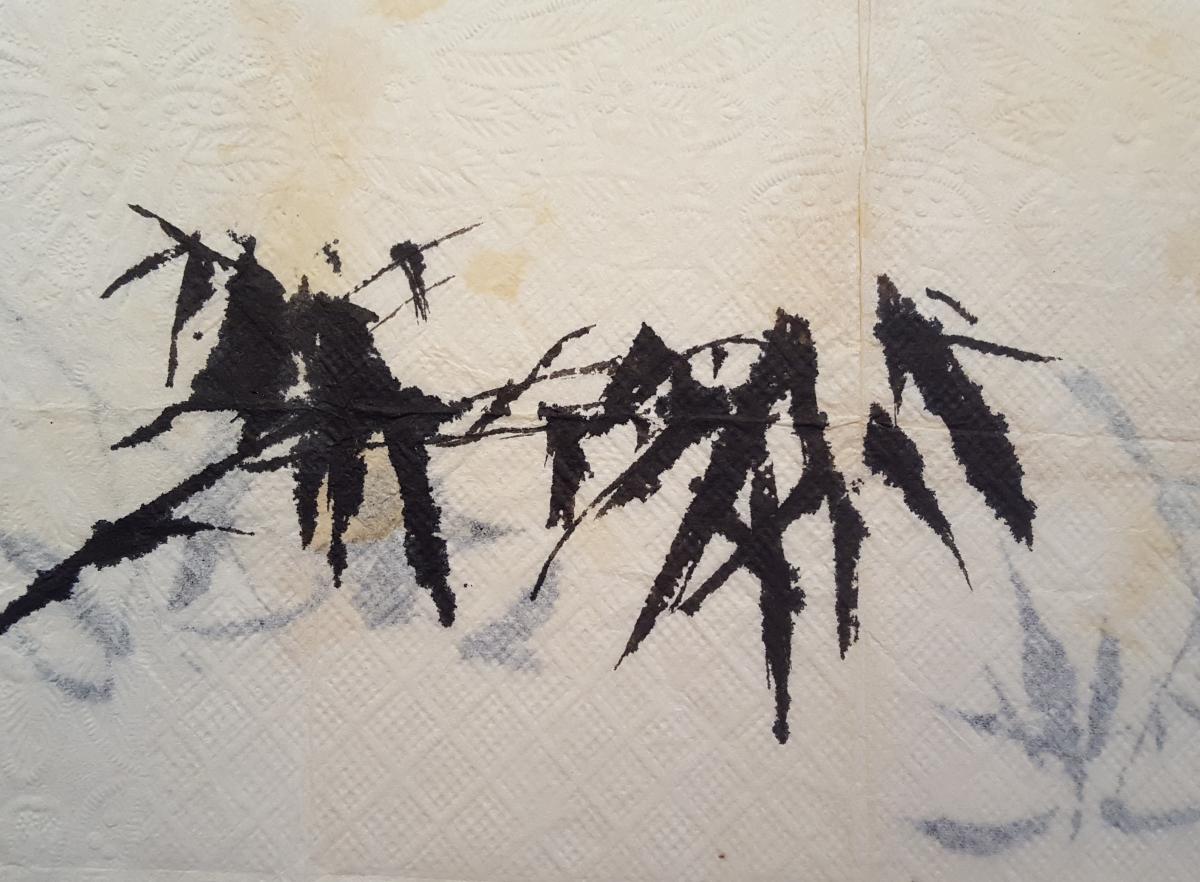
Amid his many other accomplishments as a successful business owner, Henry Loo was also a skilled painter. I found this little sketch of bamboo, done on a paper towel, amidst his personal papers. From the Henry Loo personal papers and business records (#MSS140).
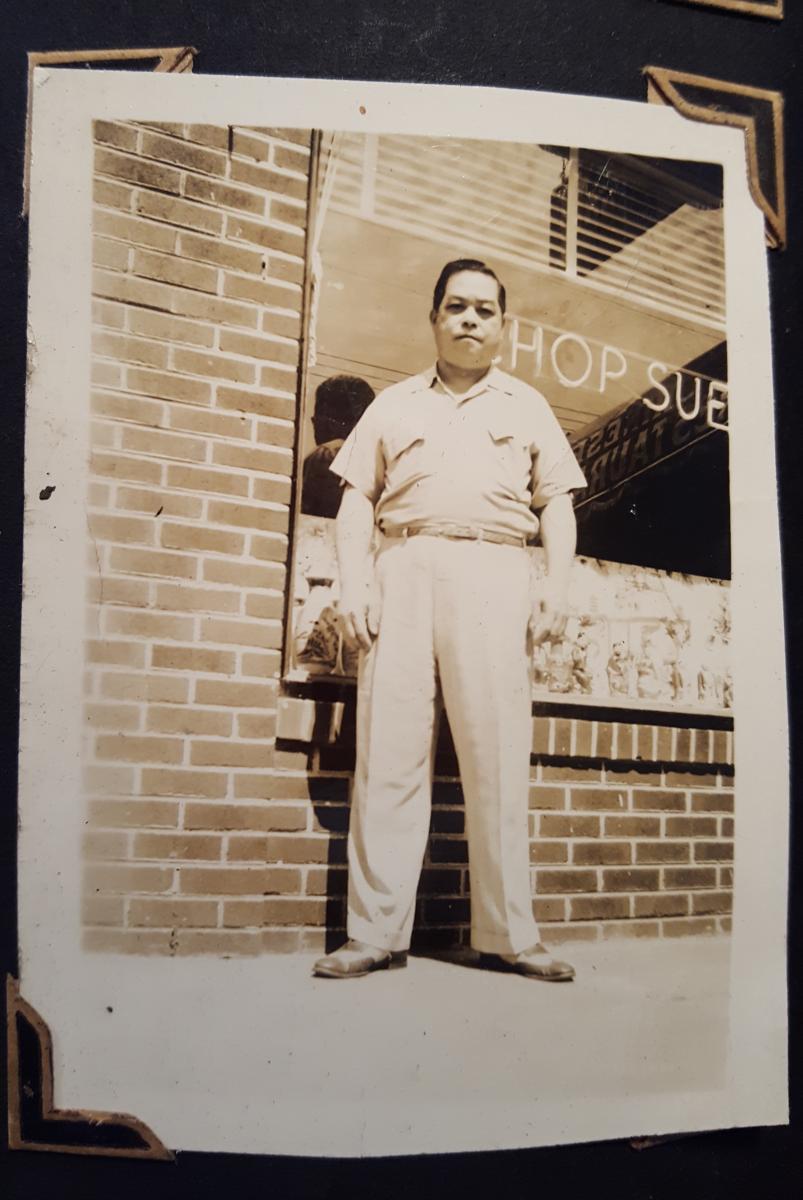
From the Henry Loo personal papers and business records (#MSS140).
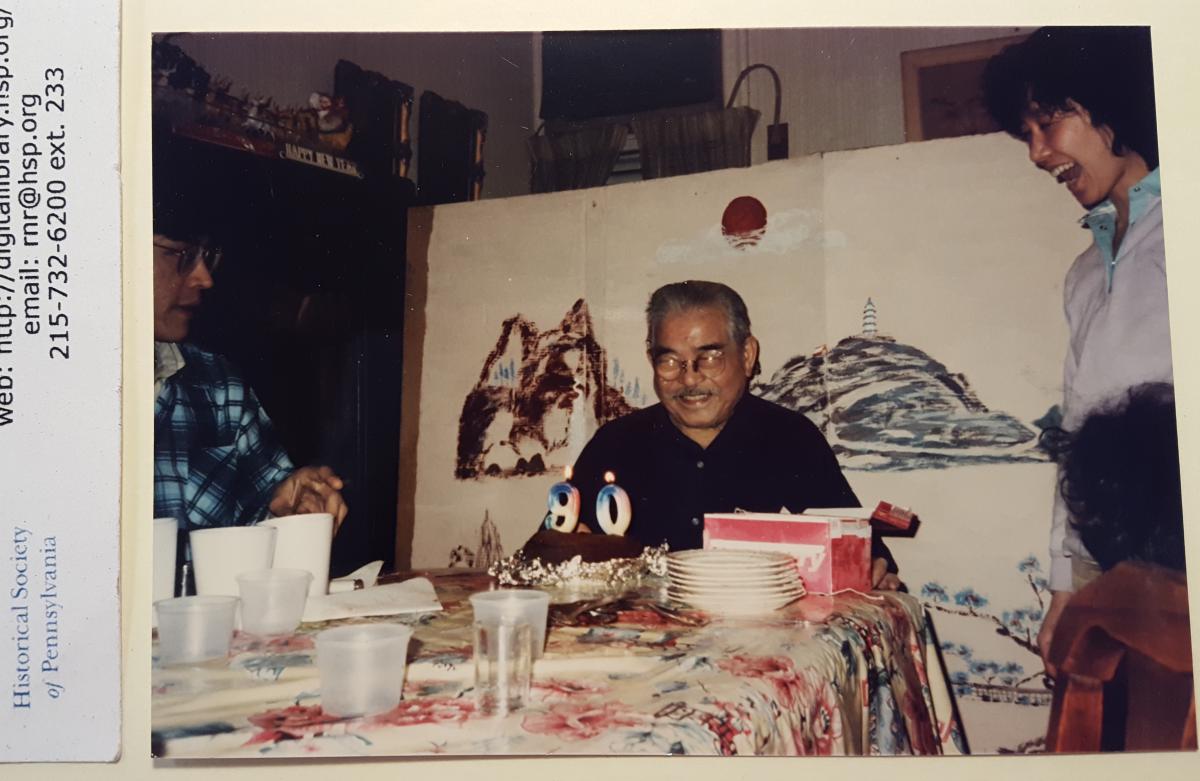
A photograph of Henry Loo celebrating his 80th birthday. From the Henry Loo personal papers and business records (#MSS140).

From the Jung Family photographs (#PG084).

From the Jung Family photographs (#PG084).

From the Jesse K. Spritzler Photographs of Chinatown in Philadelphia (#PG233).

From the Jesse K. Spritzler Photographs of Chinatown in Philadelphia (#PG233).

From the Jesse K. Spritzler Photographs of Chinatown in Philadelphia (#PG233).

From the Jesse K. Spritzler Photographs of Chinatown in Philadelphia (#PG233).

From the Mary E. Scott Chinese Sunday School photograph collection (#PG262).

From the Mary E. Scott Chinese Sunday School photograph collection (#PG262).

As I mentioned in the introduction to this blog series, I’ve had quite a few firsts during my time here at HSP, but I’ve also seen quite a bit of change and growth, too. Over the course of a summer, I’ve gone from being terrified of handing in a call slip and causing irreparable damage to the documents, to being proud of my call slip collection and eager to see what the next box held in store (though, of course, I never stopped being careful with what I handled!). With my time as an intern at HSP drawing to a close, I am grateful for being able to have had the opportunity to see a community history so personal to me in a new light, and I look forward to carrying that perspective with me to whatever new journeys I embark upon next.


















